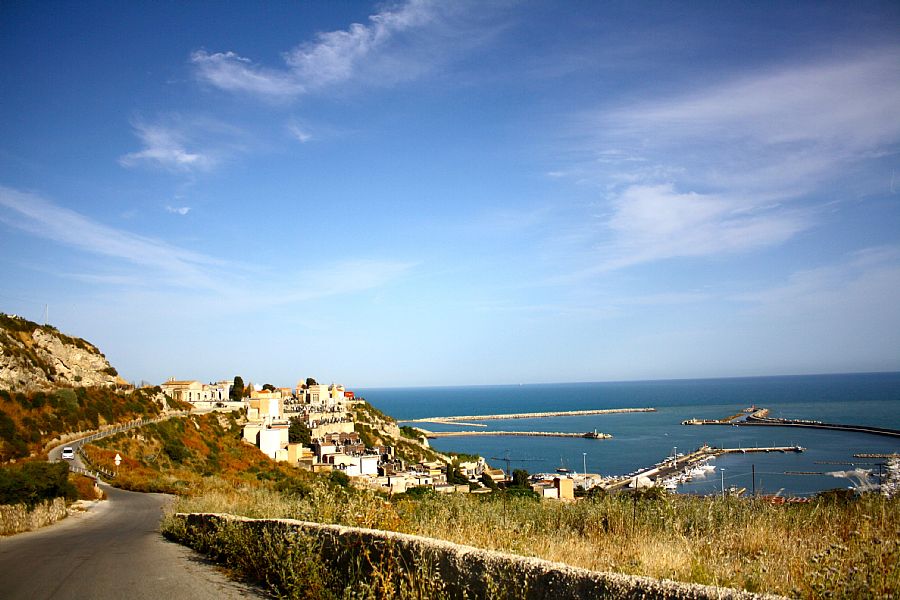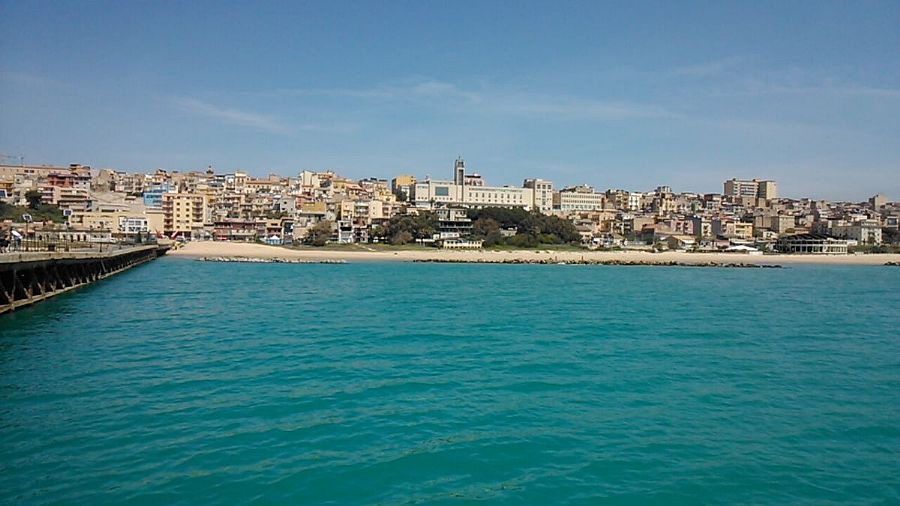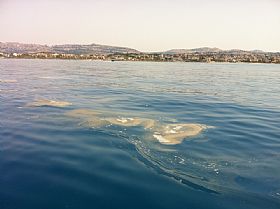Licata

On the Gulf of Gela in southern Sicily, Licata sits on the coast between Agrigento and Gela, at the mouth of the Salso River. The town enjoys 20 kilometers of seafront, with sandy beaches to the east, reefs to the west and some pebble beach coves mingled in, too, giving everyone a beach to their liking.
Its history stretches way back to the Bronze AGe, the Phoenicians in the 12 to 8th centuries BC, and the Geloi people, for whom the town and gulf of Gela are named, in the 7th century BC. In 310 BC it fell to the Caraginians, but the Romans prevailed in the first Punic War and took the territory, making it a commercial tied with an important port. The Byantines built a castle here but it fell to the Arabs in 827. The Saracens built a fortress, which possibly gave the town its name. Al-Kalata, meaning fortress, became Alicata, and then just Licata, according to some sources. The Normans conquered in 1087 and dominated through the 11th -12th centuries. The town was destroyed by a dread Turk Dragat in 1553. It was rebuilt with massive surrounding walls and like all of southern Italy was the domain of the Spanish and French domnated kingdoms. The town was important for sulpher mining in the 1870s.
In 1943 the Allied troops arrived at the Mollarella beach as part of Operation Husky, and Licata once again underwent a good deal of destruction. There is now a mix of ancient excavations, old buildings and new post-war development.
What To See
Castel Sant'Angelo was built in the 1500s by the Spanish and its design elements show that. Definitely visit for a glimpse at its plan but also the stunning views from the dominating hilltop position.
Acropolis - below the castle be sure to see the ancient Greek Acropolis remains. Called the Acropoli di Gela, it is adjacent to the Archeology Museum, which you should also take time to visit.
The main church is Santa Maria La Nuova, which has survived following many razings and even a fire. It is a testimony of the townspeoples' resilience. The church of Charity (chiesa della carita') is something special to see, and the church of Sant'Angelo, dedicated to Licata's patron saint, is definitely a must. There are several others that are open only rarely, so if you see the doors ajar, you should peek inside!
The Teatro Re Grillo is a fancy Liberty style theater with opera boxes that was inaugurated in 1922 and recently restored to splendor for a lovely evening at a concert or play.
Parco delle Ville Liberty highlights the popular Liberty style of architecture that took hold in the early 1900s. In and around Licata there are several to gaze at, starting with Palazzina Todaro-Agosta and Palazzo Verderame in Piazza Attilio Regolo; wander up Corso Vittorio Emanuele and take in other examples along the streets and piazzas.
The lighthouse is the third highest in Italy and a good photogenic backdrop to the beach.
Borgo Marina in the charming, characteristic old center of Licata, with its alleyways, postage stamp-sized piazzas, and archways. It was originally developed by the Arabs and indeed resembles that style, then became the quartiere for the fishermen and their families.
Borgo San Paolo was built by Maltese citizens who arrived here after fleeing Turkish invasions. It's the first quartiere to be built "outside the walls" and is also an intriguing district to wander. It is named for the patron saint of Malta.

 Amalfi Coast
Amalfi Coast Sorrento Coast
Sorrento Coast Tuscany
Tuscany Cilento National Park
Cilento National Park Lake Como
Lake Como Rome and Latium
Rome and Latium Umbria
Umbria Capri and Ischia
Capri and Ischia Venice
Venice Puglia (Apulia)
Puglia (Apulia) Liguria
Liguria Sicily
Sicily Lake Maggiore
Lake Maggiore Lombardy
Lombardy Sardinia
Sardinia Lake Garda
Lake Garda Abruzzo and Marche
Abruzzo and Marche Calabria
Calabria

